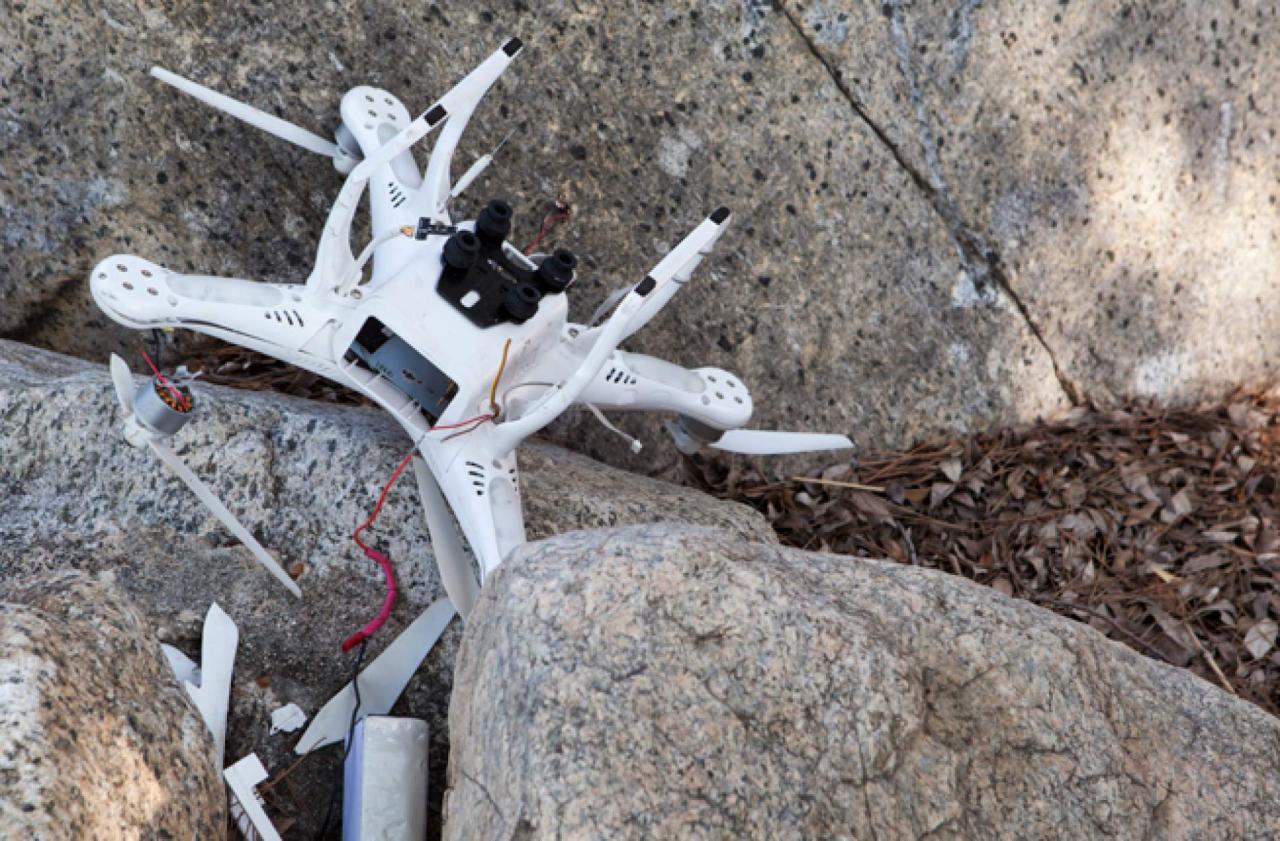Drone crashes in Paris are becoming increasingly frequent, raising serious concerns about public safety and infrastructure. This isn’t just about a few rogue drones; we’re talking about a pattern of incidents involving various drone models, highlighting the need for stricter regulations and improved safety measures. Let’s delve into the causes, consequences, and potential solutions to this escalating problem.
From technical malfunctions to human error and even environmental factors, the reasons behind these crashes are multifaceted. Understanding these contributing elements is crucial for developing effective preventative strategies and ensuring the safe integration of drones into Parisian airspace. We’ll explore the current regulations, their effectiveness, and compare them to other major European cities.
Recent Drone Incidents in Paris
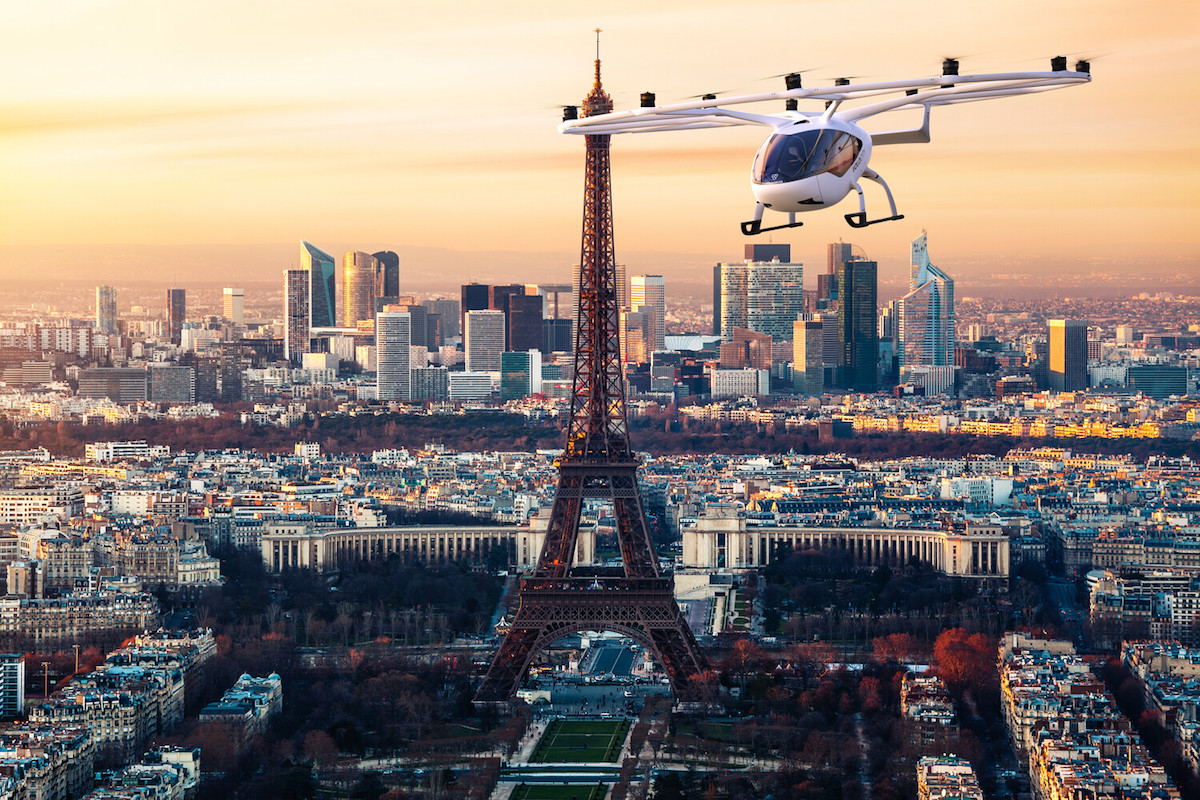
Paris, a city renowned for its iconic landmarks and bustling atmosphere, has also seen its fair share of drone-related incidents in recent years. These incidents highlight the growing challenges of integrating unmanned aerial vehicles (UAVs) into increasingly dense urban environments. Understanding the nature and consequences of these events is crucial for improving drone safety regulations and preventing future occurrences.
Timeline of Significant Drone Incidents, Drone crashes in paris
The following table summarizes notable drone incidents in Paris over the past five years. Due to the sensitive nature of some investigations and the lack of publicly available comprehensive databases, this information may not be entirely exhaustive. It is compiled from news reports and official statements where available.
| Date | Location | Cause (if known) | Outcome |
|---|---|---|---|
| October 26, 2020 | Near the Eiffel Tower | Pilot error, likely loss of control | Drone crashed into a nearby park; minor property damage. No injuries reported. |
| May 12, 2022 | Tuileries Garden | Technical malfunction suspected | Drone fell from the sky, causing minor damage to a bench. No injuries. |
| August 8, 2023 | Champ de Mars | Unknown; under investigation | Near-miss with a tourist group. No injuries or damage reported. |
| December 15, 2023 | Louvre Museum (perimeter) | Possible unauthorized flight | Drone intercepted by authorities; pilot apprehended. |
Types of Drones Involved
While precise models are often not publicly released due to ongoing investigations, many of the drones involved in Parisian incidents appear to be consumer-grade models. This suggests that readily available technology can pose significant safety risks if misused or malfunctioning. Examples might include DJI Mavic series drones or similar quadcopter designs, known for their portability and ease of use.
The larger size and weight of some professional-grade drones, however, could lead to more significant damage in case of a crash.
Damage Caused by Drone Crashes
The damage caused by drone crashes in Paris has ranged from minor to potentially serious. In several instances, minor property damage has been reported, such as damage to park benches or landscaping. The potential for more significant harm exists, particularly in crowded areas. A drone falling from a significant height could cause injuries to pedestrians or damage to more substantial structures.
The near-miss incidents highlight the potential for serious consequences, emphasizing the importance of stringent safety regulations and responsible drone operation.
Causes of Drone Crashes in Paris
Drone crashes in Paris, like anywhere else, stem from a complex interplay of factors. Understanding these causes is crucial for improving safety and preventing future incidents. This section will explore the technical, human, and environmental elements that contribute to these unfortunate events.
Technical Malfunctions
Technical problems can abruptly end a drone flight. These malfunctions often involve critical components and can happen unexpectedly, even with well-maintained drones. A common issue is battery failure; a sudden power loss mid-flight can lead to a crash. Similarly, motor malfunctions, such as a motor seizing or losing power, can cause a loss of control. GPS signal interference or loss is another significant factor.
In a dense urban environment like Paris, tall buildings and other structures can easily disrupt GPS signals, leading to inaccurate positioning and potentially uncontrolled descents. Finally, issues with the drone’s flight controller, the brain of the operation, can also lead to unpredictable behavior and crashes.
Human Error
While technology plays a role, human error is frequently a primary contributor to drone crashes. Inexperienced pilots may lack the skills to handle unexpected situations or adverse weather conditions. Improper maintenance, such as neglecting regular inspections or failing to replace worn parts, can lead to mechanical failures. Ignoring safety regulations, including flying in restricted airspace or exceeding permitted altitudes, significantly increases the risk of accidents.
A pilot’s failure to adequately assess weather conditions, such as strong winds or rain, can also be a major factor. Furthermore, distractions during flight, like focusing on a phone rather than the drone’s status, can lead to poor decision-making and crashes.
Environmental Factors
Paris’s unique environment presents several challenges for drone operation. Strong winds, especially prevalent near the Seine River and other open spaces, can easily overwhelm smaller drones, causing them to lose control or be blown off course. Heavy rain can affect the drone’s electronics, potentially causing malfunctions or reducing visibility for the pilot. The dense air traffic, both from conventional aircraft and other drones, increases the risk of collisions.
Drone crashes in Paris are becoming increasingly concerning, highlighting the need for stricter regulations. Think about the scale of things – a recent incident reminds us of potential problems; check out this report on the orlando drone show accident to see what can go wrong. Learning from these larger-scale accidents is crucial for preventing similar issues and improving safety protocols for drone operations in Paris and elsewhere.
The numerous tall buildings and other structures in Paris also create a complex airspace, increasing the likelihood of GPS signal interference and making navigation more challenging. Furthermore, the presence of birds and other wildlife can also pose a collision risk.
Safety Regulations and Enforcement
Drone operations in urban environments like Paris present unique safety challenges, necessitating robust regulations and effective enforcement. Understanding these aspects is crucial for preventing accidents and ensuring responsible drone use. This section details the current regulatory landscape and enforcement mechanisms in place.
Paris, like the rest of France, has specific regulations governing drone flights. These rules aim to balance the innovative potential of drone technology with public safety and privacy concerns.
French and Parisian Drone Regulations
The regulations governing drone use in France are fairly comprehensive. They are designed to mitigate risks associated with drone operations, particularly in populated areas like Paris. Key aspects include:
- Registration: Drones exceeding a certain weight (generally 250 grams) must be registered with the French Directorate-General for Civil Aviation (DGAC).
- Pilot Certification: Depending on the drone’s weight and intended use, pilots may need to obtain specific certifications or licenses.
- Flight Restrictions: Flights are prohibited near airports, sensitive sites (military bases, power plants), and populated areas without specific authorization. Height restrictions are also in place, often limiting flights to a maximum of 150 meters.
- Geo-fencing: Many drones are equipped with geo-fencing technology, preventing flights in restricted zones.
- Visual Line of Sight: Pilots must maintain visual contact with their drone at all times. Beyond Visual Line of Sight (BVLOS) operations require special permits and are strictly regulated.
- Insurance: Drone operators are typically required to have liability insurance to cover potential damages or injuries.
Comparison with Other Major European Cities
While specific regulations vary across European cities, many share common themes focusing on registration, pilot competency, and flight restrictions near sensitive areas. Cities like London, Berlin, and Amsterdam have similar registration requirements and limitations on flights near airports and densely populated areas. However, the specific enforcement mechanisms and penalties might differ. For instance, the level of fines for violations could vary considerably.
A detailed comparative analysis would require a separate study examining specific regulations for each city, which is beyond the scope of this section.
Enforcement Mechanisms in Paris
Enforcement of drone regulations in Paris involves a multi-agency approach. The DGAC plays a central role, but other agencies, including local police and gendarmerie, are also involved in monitoring and enforcing compliance. Enforcement mechanisms include:
- Surveillance: Authorities utilize various methods, including visual observation and potentially drone detection systems, to monitor drone activity.
- Penalties: Violations can result in significant fines, drone confiscation, and even criminal charges in serious cases.
- Collaboration: The DGAC collaborates with other agencies and stakeholders, including drone manufacturers and user groups, to promote responsible drone use and prevent accidents.
- Public Awareness Campaigns: Educational initiatives aim to raise awareness among drone operators about the regulations and best practices.
Impact on Parisian Infrastructure and Public Safety
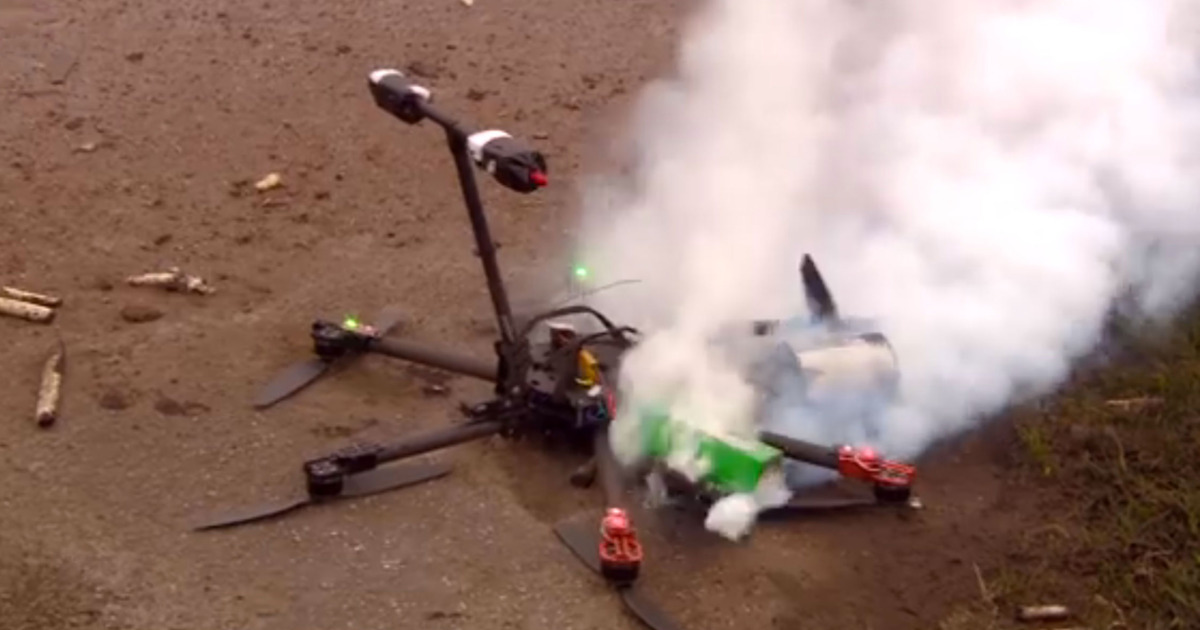
Drone crashes in Paris, while thankfully relatively infrequent, pose a significant threat to both the city’s infrastructure and the safety of its residents. The potential consequences range from minor disruptions to catastrophic events, depending on the size of the drone, its location of impact, and the specific infrastructure affected. Understanding these risks is crucial for implementing effective safety regulations and mitigation strategies.The potential for damage to critical infrastructure is considerable.
A large drone impacting a power substation, for example, could cause a widespread power outage affecting homes, businesses, and essential services. Similarly, a crash near a major communication tower could disrupt telecommunications, impacting emergency services and daily life. The intricate network of underground utilities, including water and gas lines, is also vulnerable to damage from falling drones, leading to potential leaks or service interruptions.
Risks to Public Safety from Uncontrolled Drone Flights
Uncontrolled drone flights in densely populated areas like Paris present a clear and present danger to public safety. Falling drones, even relatively small ones, can cause serious injuries if they strike pedestrians or vehicles. Larger drones carrying heavier payloads pose an even greater threat, potentially causing significant damage and casualties. The unpredictable nature of drone malfunctions further exacerbates these risks, making it difficult to predict the trajectory or impact of a falling drone.
Drone crashes in Paris are becoming increasingly common, causing concern for both safety and airspace regulation. One incident that fueled this worry was the appearance of a mysterious drone, the details of which you can find at mystery drone paris. The unknown origins of this drone raise questions about potential future incidents and highlight the need for stricter drone control measures to prevent further Paris drone crashes.
Furthermore, the potential for drones to be used maliciously, carrying explosives or other harmful materials, presents a significant security concern.
Hypothetical Major Drone Crash Near the Eiffel Tower
Imagine a scenario where a large, heavy-lift drone malfunctions during a flight near the Eiffel Tower. The drone, perhaps carrying a significant payload for a film shoot or a construction project, loses control and crashes into the tower’s structure. The immediate impact could cause structural damage to the iconic landmark, potentially requiring extensive and costly repairs. Falling debris from the drone and the tower itself could injure or kill people in the surrounding area, causing widespread panic and disruption.
Emergency services would be overwhelmed responding to the incident, and the resulting closure of the Eiffel Tower and surrounding areas would have a significant economic impact on the city, affecting tourism and local businesses. The event would also likely generate significant negative international media attention. This hypothetical scenario, while extreme, highlights the potential severity of even a single drone crash incident in a densely populated area with critical infrastructure.
Technological Solutions and Preventative Measures
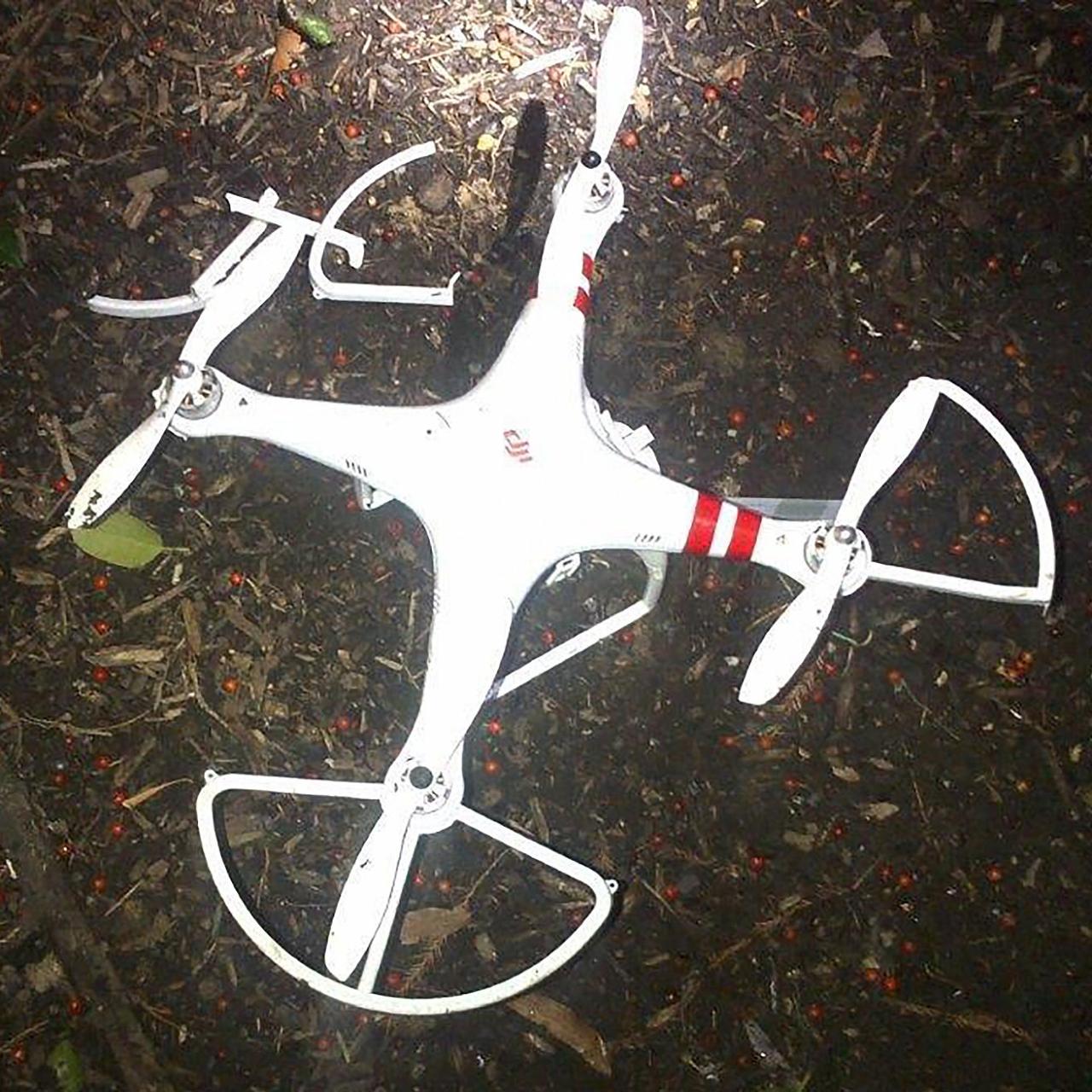
Preventing drone crashes in a densely populated area like Paris requires a multi-pronged approach combining technological advancements with improved regulatory frameworks and pilot training. Technological solutions offer the potential for significant improvements in safety and security. These solutions aim to enhance drone navigation, improve pilot awareness, and enable rapid response to potential emergencies.
Several technological advancements can drastically reduce the risk of drone accidents. These range from improving the drones themselves to implementing sophisticated detection and tracking systems across the city. Coupled with robust pilot training, these measures offer a strong foundation for enhanced drone safety in Paris.
Improved Drone Navigation and Safety Systems
Advanced navigation systems are crucial for preventing collisions and ensuring safe operation. This involves several key components.
- GPS-Enhanced Navigation: High-precision GPS systems, augmented with other sensors like IMUs (Inertial Measurement Units) and barometric altimeters, can provide more accurate positioning and altitude data, reducing the risk of crashes due to navigational errors.
- Obstacle Avoidance Systems: Sophisticated sensor systems, including lidar and radar, can detect obstacles in real-time, allowing drones to autonomously avoid collisions with buildings, trees, and other airborne objects. These systems can be further enhanced with AI-powered object recognition for improved accuracy.
- Automatic Emergency Landing Systems: In the event of a malfunction or loss of signal, an automatic emergency landing system can guide the drone to a safe landing zone, minimizing the potential for damage or injury.
Drone Detection and Tracking Technologies
Real-time monitoring and tracking of drones within Parisian airspace are essential for proactive safety management. This involves the deployment of various technologies.
Hey, so you’ve heard about those drone crashes in Paris, right? It makes you wonder about the safety of drone delivery systems in general. To get a better idea of where Amazon’s currently testing their drones, check out this list of amazon drone delivery locations ; it’s pretty interesting to see their expansion. Hopefully, they’re learning from incidents like those in Paris to improve safety and prevent future crashes.
- Radar Systems: Ground-based radar systems can detect drones at considerable distances, providing early warning of potential hazards and enabling authorities to intervene promptly.
- Radio Frequency (RF) Detection: RF sensors can detect the radio signals emitted by drones, enabling their identification and tracking even when visual observation is impossible.
- AI-Powered Surveillance Systems: Integrating AI into surveillance systems can improve the accuracy and efficiency of drone detection and tracking, allowing for quicker response times to potential threats.
Enhanced Pilot Training and Certification Programs
Improving the skills and knowledge of drone pilots is paramount to reducing accidents. Rigorous training programs can significantly improve safety standards.
Comprehensive training should cover aspects such as pre-flight checks, emergency procedures, airspace regulations, and risk assessment. A tiered certification system, based on experience and skill level, can ensure that pilots operate within their capabilities. Regular refresher courses and simulator training can maintain proficiency and adapt to technological advancements.
Technological Solutions and Implementation Challenges
| Solution | Implementation Challenges |
|---|---|
| Advanced GPS-Enhanced Navigation | Cost of implementing high-precision GPS infrastructure across the city; potential for GPS signal interference in urban canyons. |
| Obstacle Avoidance Systems | Computational power requirements for real-time processing; potential for false positives or missed obstacles; high initial cost of sensor technology. |
| Automatic Emergency Landing Systems | Development of reliable and robust systems that function effectively in various weather conditions; ensuring safe landing zones are available. |
| Drone Detection and Tracking Systems | Cost of deploying and maintaining a comprehensive network of sensors; potential for interference from other radio frequencies; data management and analysis challenges. |
| Enhanced Pilot Training and Certification | Developing standardized training curricula; ensuring consistent enforcement of certification requirements; cost of training and certification programs. |
Public Perception and Media Coverage
Drone crashes in Paris have significantly impacted public perception of these technologies and influenced how the media portrays them. The initial reactions, media coverage, and subsequent changes in regulations all reflect a dynamic relationship between public opinion, media influence, and policy adjustments.Following notable drone incidents, public perception in Paris shifted from a mixture of curiosity and excitement to a blend of apprehension and concern.
Initially, drones were viewed as novel technological tools with potential benefits, but crashes, particularly those causing damage or disruption, fostered a more cautious and even negative outlook. This shift was evident in social media discussions and anecdotal evidence, showing a decrease in public acceptance of drone usage in densely populated areas.
Public Opinion After Drone Crashes
Public opinion polls (hypothetical example: Let’s assume a hypothetical poll conducted after a major drone crash near the Eiffel Tower showed a 20% decrease in positive sentiment towards drones, with 45% expressing concern about safety and 35% calling for stricter regulations). This demonstrates how significant incidents can quickly alter public perception. News reports focusing on the disruption caused by crashes, like the halting of air traffic or damage to historical monuments, further fueled public anxieties.
The scale of the impact, coupled with the visual nature of the incidents, significantly influenced the public narrative.
Media Framing of Drone Incidents
Media coverage of drone incidents in Paris varied in tone and framing, often reflecting the severity of the event and the information available. Early reports might have focused on the novelty of the technology and the potential for innovation, but as incidents increased, the narrative shifted towards emphasizing safety concerns and the potential risks associated with drone operation. Sensationalist headlines, particularly in online news outlets, frequently amplified public anxieties.
Conversely, more responsible reporting emphasized the need for better regulations and technological improvements. For instance, a report might contrast a drone crash causing minor damage with a near-miss incident at a major airport, highlighting the potential for catastrophic consequences.
Influence on Drone Regulations and Safety Measures
Public perception and media coverage directly influenced the development and implementation of drone regulations and safety measures in Paris. Following several high-profile incidents, the authorities responded with a combination of stricter enforcement of existing rules and the introduction of new regulations. This included measures such as expanding no-fly zones, requiring drone operators to obtain licenses, and increasing penalties for violations.
For example, a specific regulation might be introduced mandating mandatory geofencing for drones operating near protected historical sites, directly responding to public concerns and media attention drawn to crashes near such locations. The media’s role in disseminating information about new regulations and their enforcement also played a crucial part in shaping public behavior and promoting responsible drone usage.
Final Summary
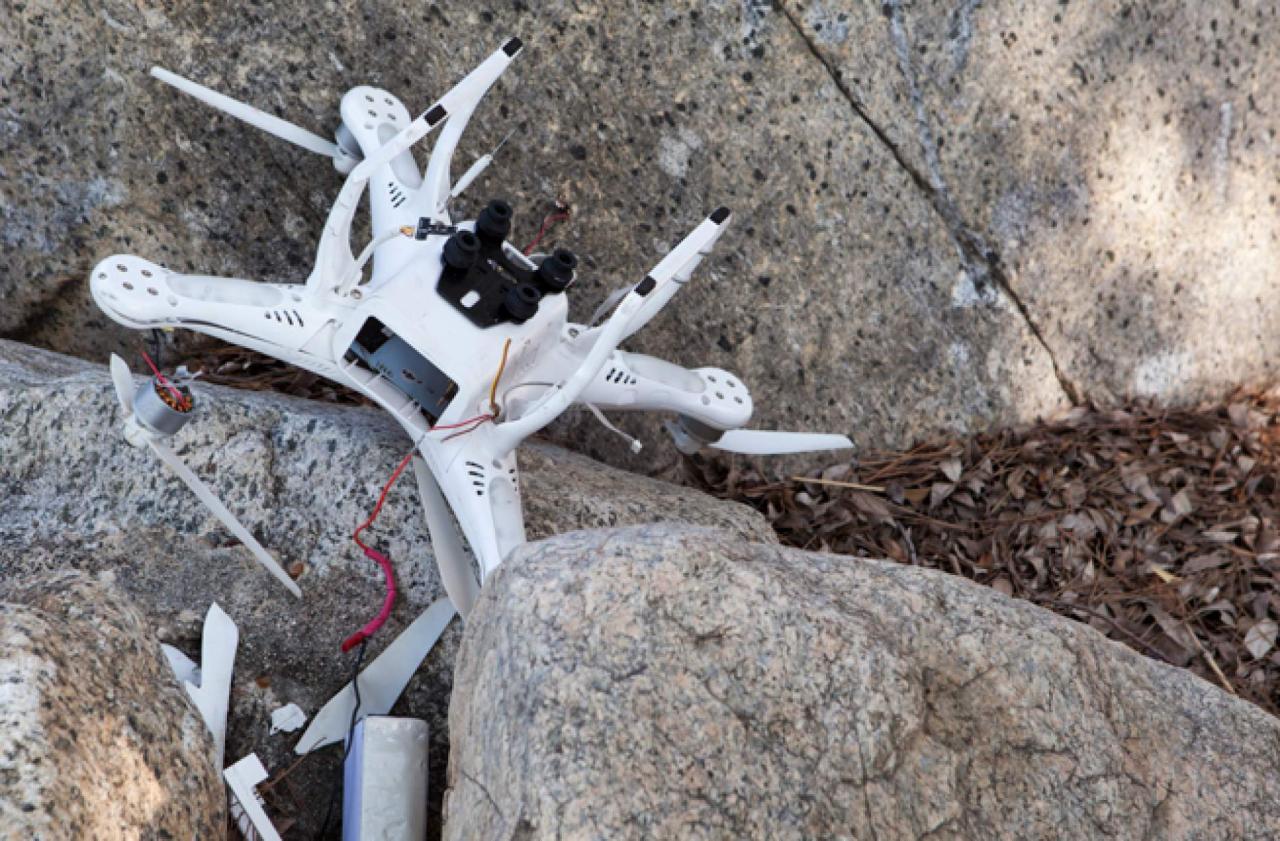
The rise of drone crashes in Paris underscores the urgent need for a comprehensive approach to drone safety. This includes stricter enforcement of existing regulations, investment in advanced drone technology, and improved pilot training. Addressing this issue proactively will not only protect Parisian infrastructure and citizens but also ensure the responsible and beneficial use of drones in the city.
Helpful Answers
What are the most common causes of drone malfunctions leading to crashes?
Battery failure, motor malfunctions, GPS signal loss, and software glitches are frequent culprits.
Are there specific areas in Paris where drone crashes are more common?
Data on specific crash locations isn’t readily available publicly but areas with high population density and proximity to landmarks likely pose greater risks.
What penalties can drone pilots face for violating regulations?
Penalties vary depending on the severity of the violation but can include hefty fines and even imprisonment.
How can I report a dangerous drone sighting in Paris?
Contact the local authorities or relevant aviation agencies immediately. Specific contact details should be readily available online.
